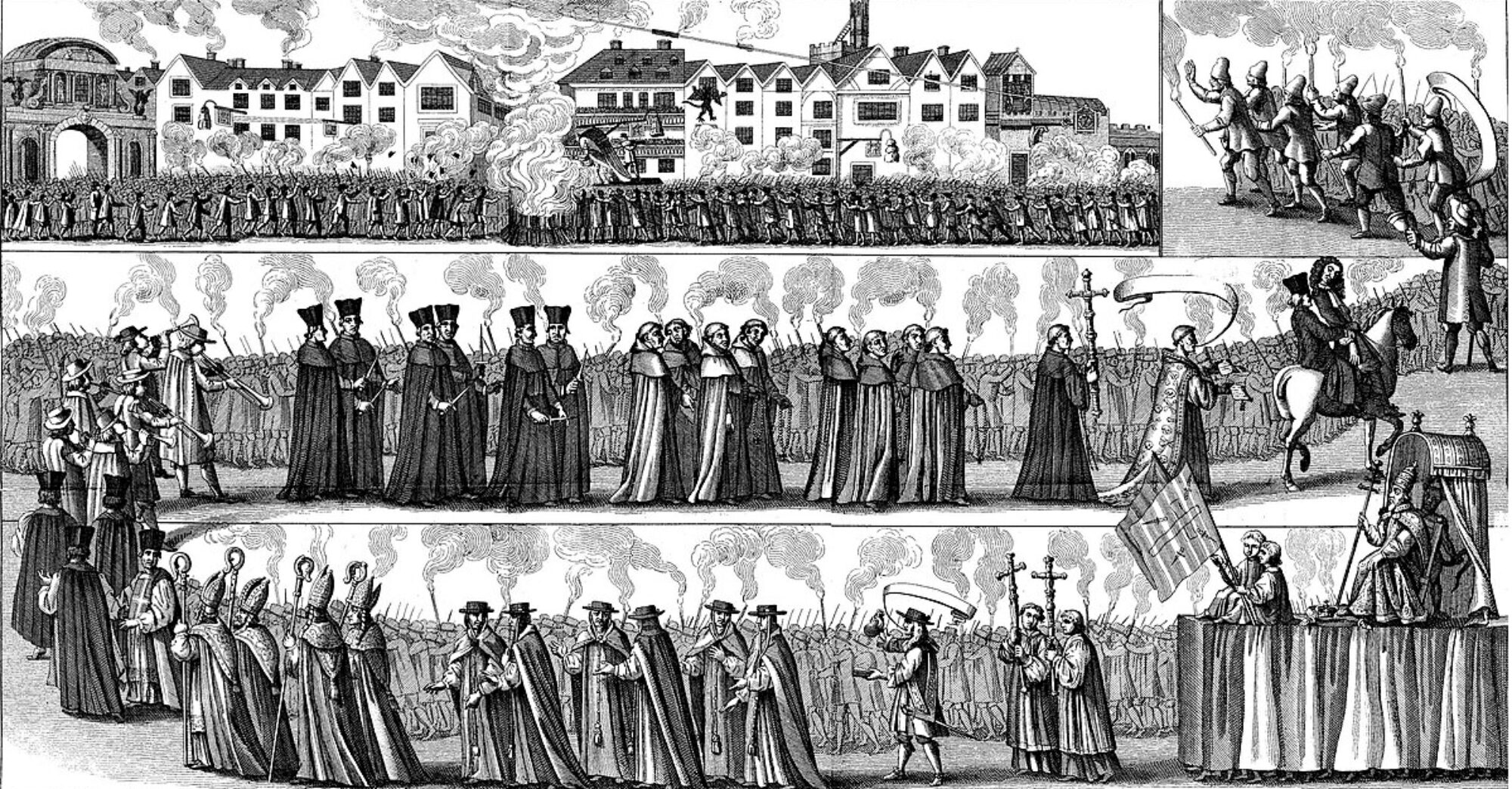Running a process to fix the utf-8 support on scirate.com using the unix “screen” command I got the following crash:
Suddenly the Dungeon collapses!! - You die...
Doh!

O brave new quantum world!
Running a process to fix the utf-8 support on scirate.com using the unix “screen” command I got the following crash:
Suddenly the Dungeon collapses!! - You die...
Doh!
David Brooks, has an op-ed in the New York Times about Tiger Woods and his astonishing string of triumphs in the golfing world (including last weekends U.S. Open which I watched the end of on both Saturday and Sunday: my wife was right he did make that last put.) Brooks piece waxes on and on about the Tiger’s ability to concentrate
And for that, in this day and age, he stands out. As I’ve been trying to write this column, I’ve toggled over to check my e-mail a few times. I’ve looked out the window. I’ve jotted down random thoughts for the paragraphs ahead. But Woods seems able to mute the chatter that normal people have in their heads and build a tunnel of focused attention.
Now Tiger’s concentration level is definitely astounding (and his combination of hard work, athletic talent, and mental toughness is certainly unmatched in golf), but I wonder if David Brooks every seen a theoretician or mathematician working?
Continue reading “Tiger Versus the Theoreticians”
I do believe this is the first time I’ve performed the paper dance on the scienceblogs incarnation of this blog. Yep, it’s that time again: it’s the paper dance!
“A far away light in the futuristic place we might be; It’s a tiny world just big enough to support the kingdom of one knowledgeable; I feel a wave of loneliness and head back down I’m going too fast (I’m going too fast)”
arXiv:0806.2160
The Stability of Quantum Concatenated Code Hamiltonians
Authors: D. Bacon
Abstract: Protecting quantum information from the detrimental effects of decoherence and lack of precise quantum control is a central challenge that must be overcome if a large robust quantum computer is to be constructed. The traditional approach to achieving this is via active quantum error correction using fault-tolerant techniques. An alternative to this approach is to engineer strongly interacting many-body quantum systems that enact the quantum error correction via the natural dynamics of these systems. Here we present a method for achieving this based on the concept of concatenated quantum error correcting codes. We define a class of Hamiltonians whose ground states are concatenated quantum codes and whose energy landscape naturally causes quantum error correction. We analyze these Hamiltonians for robustness and suggest methods for implementing these highly unnatural Hamiltonians.
Writing grants and teaching, not to mention trying to get some actual research done, has taken up a considerable amount of my time this quarter. I mean, sheesh, I’ve barely had any time to read! This has, of course, made me grumpy. So when the publisher of The Drunkard’s Walk: How Randomness Rules Our Lives by Leonard Mlodinow offered me a review copy of the book, I was very happy. I mean, I love probability and I love, um, well….you know 🙂
Continue reading “Drunkard's Tennis and the Advice of Winners”
The New York Times has a policy on anonymous sources. Great! But do they have a policy on statistics? They certainly need it. I mean, take a look at the graphic from an article on women and smart phones:
Continue reading “Lies, Damn Lies, and New York Times Graphics”
What I drew on the whiteboard during today’s final:
Today is the final exam for the course I’ve been teaching this summer. So I need some reading material for when I’m not watching the students take their exam. Here are two fun ones I just downloaded (one via Alea):
arXiv:0803.3913:
The Reverse of The Law of Large Numbers
Authors: Kieran Kelly, Przemyslaw Repetowicz, Seosamh macReamoinn
Abstract:The Law of Large Numbers tells us that as the sample size (N) is increased, the sample mean converges on the population mean, provided that the latter exists. In this paper, we investigate the opposite effect: keeping the sample size fixed while increasing the number of outcomes (M) available to a discrete random variable. We establish sufficient conditions for the variance of the sample mean to increase monotonically with the number of outcomes, such that the sample mean “diverges” from the population mean, acting like an “reverse” to the law of large numbers. These results, we believe, are relevant to many situations which require sampling of statistics of certain finite discrete random variables.
and
arXiv:0806.0485
Complex and Unpredictable Cardano
Aurthor: Artur Ekert
Abstract: This purely recreational paper is about one of the most colorful characters of the Italian Renaissance, Girolamo Cardano, and the discovery of two basic ingredients of quantum theory, probability and complex numbers. The paper is dedicated to Giuseppe Castagnoli on the occasion of his 65th birthday. Back in the early 1990s, Giuseppe instigated a series of meetings at Villa Gualino, in Torino, which brought together few scattered individuals interested in the physics of computation. By doing so he effectively created and consolidated a vibrant and friendly community of researchers devoted to quantum information science. Many thanks for that!
I’ll admit it: I like reading George Soros’ books. I mean, here’s a guy whose made a godzillion dollars in the financial markets, has been behind political destabilizations/stabilizations worldwide, taken on a U.S. president (can you guess which one?), and yet, in spite of this, can write a book in which he talks his own brand of….philosophy and how it relates to life, the universe, and the current financial crisis. Whah?
Continue reading “George Soros Meets Kochen-Specker”
Vegetarians beware:
Blessed be Mike Lazaridis:
Waterloo, Ontario, Canada, June 4, 2008 – In a new and generous act of personal philanthropy, Mike Lazaridis has provided an additional $50 million (Canadian) to Perimeter Institute for Theoretical Physics (PI). This private donation increases his personal contributions to $150 million in the research institute.